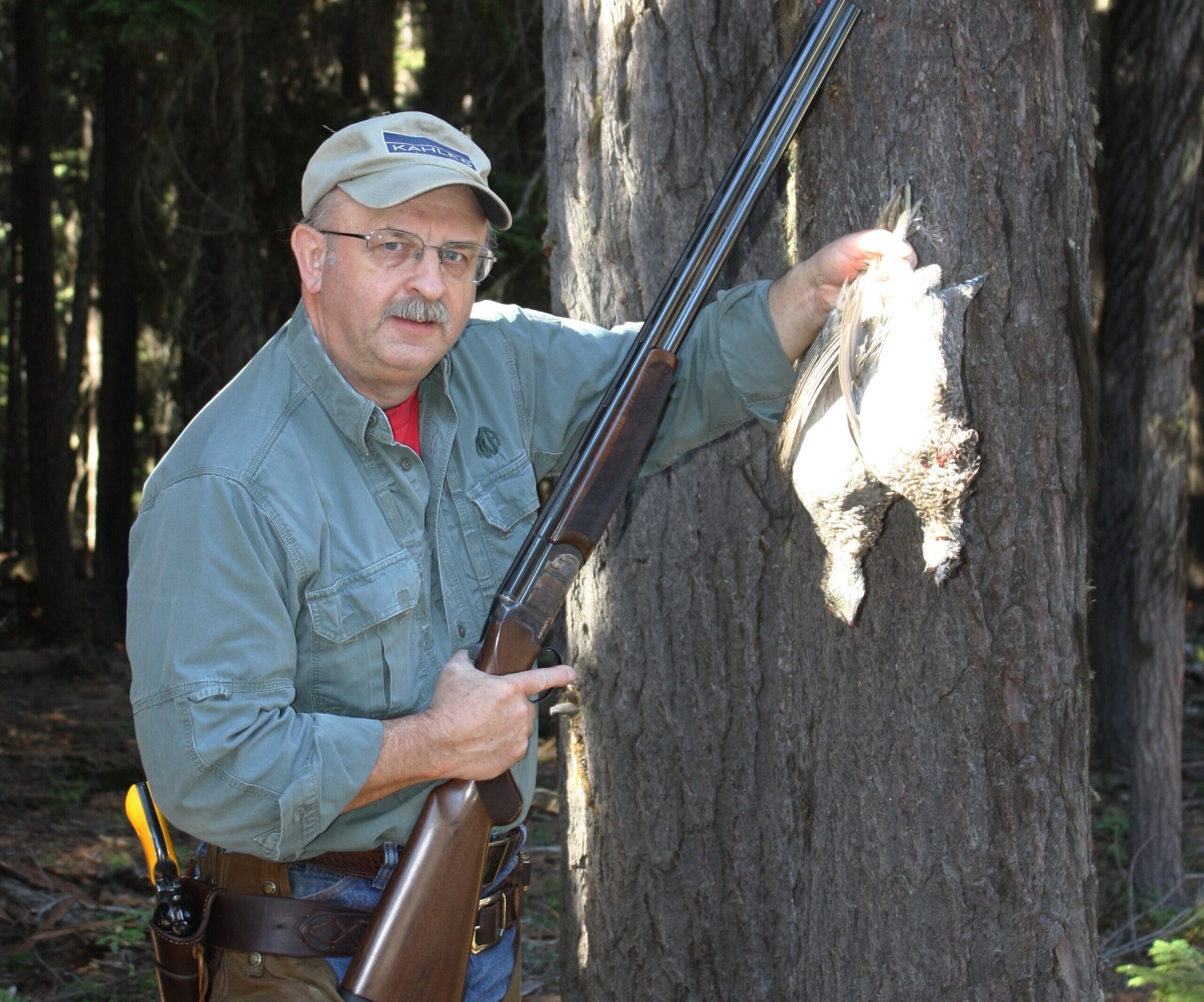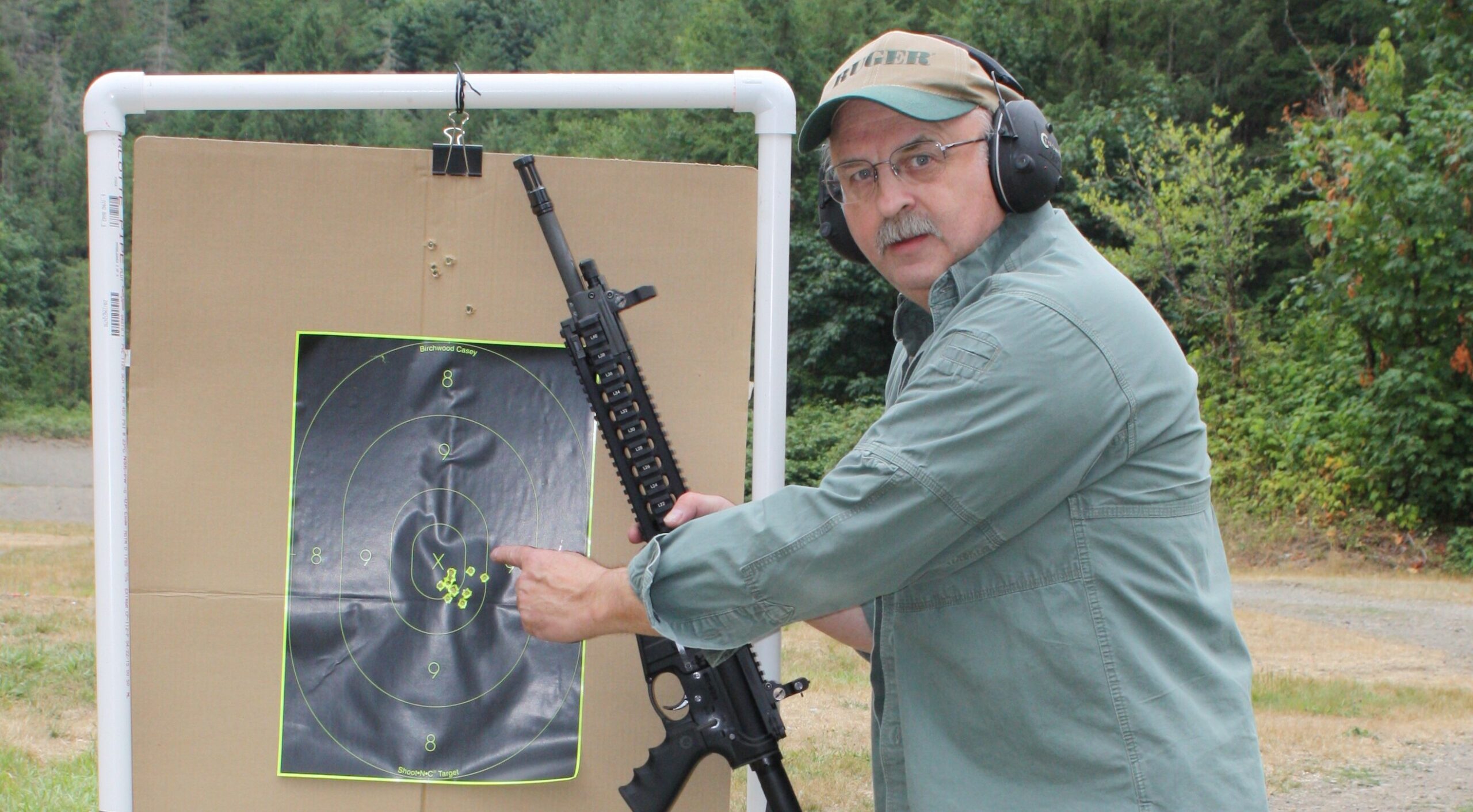
By Dave Workman
Editor-in-Chief
Buried at the end of a report appearing in Friday’s Outdoor Wire is a remark from Richard Aiken, an economist with the U.S. Fish & Wildlife Service, wildlife and sport fish restoration, which highlights the importance of hunting, shooting, fishing and boating to the country.
“Hunting, target shooting, fishing, and boating all contribute to the social and economic well-being of our nation and its people,” Aiken writes. “Fishing and hunting are often the economic driver in rural America. Outdoor pursuits color and enrich our lives, welcome elixirs to the anguishes we all feel.”
The Outdoor Wire’s publication of this short essay underscores what sportsmen and women, outdoor groups and those who write about firearms and the outdoors have been saying for decades: “hook and bullet” folks pay the freight for fish and wildlife management in the United States.
Through a special 11 percent federal tax on firearms, ammunition and archery equipment, sportsmen and women have, since the program was inaugurated in 1937, paid hundreds of millions of dollars to support wildlife restoration in this country.
Recreational shooters, and even people who purchase firearms and ammunition, for home and personal protection, competition and other endeavors that do not involve hunting contribute to the program.

Known officially as the Federal Aid to Wildlife Restoration program, it is more commonly known as the Pittman-Robertson Fund for the two men who shepherded it through Congress, Nevada Sen. Key Pittman and Virginia Rep. Absalom Willis Robertson. The legislation was supported by sportsman groups, and firmly established outdoors people as true conservationists who literally put their money where their mouths were.
For FY 2023, here’s the revenue figure apportioned to the states by the USFWS, which administers the fund: $1,198,616,238. This includes $228,771,678 for Hunter Education in the states, which is required for new hunters to get a hunting license. This program includes a heavy dose of firearms safety.
The two top states for receiving P-R fund apportionments are Texas ($55,195,378) and Alaska ($50,459,945), followed by Pennsylvania ($41,067,392), California ($38,858,021) and Georgia ($37,853,359).
These monies provide matching funds in many cases for local projects involving such organizations as the Rocky Mountain Elk Foundation and various waterfowl groups for habitat acquisition and improvement, and other projects.
As explained by USFWS, “The Wildlife Restoration Program is the nation’s oldest and most successful wildlife restoration program. For more than 80 years, it has served as a model of conservation partnership among industry, states and territories, and the federal government, protecting and restoring wildlife and the lands they depend on for current and future generations.”



